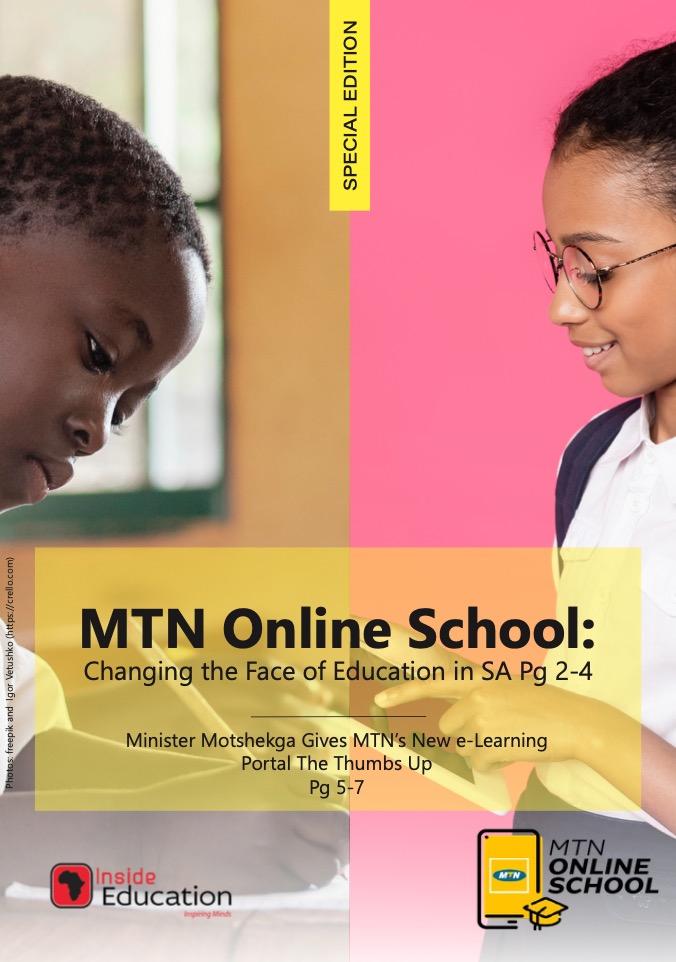The Department of Higher Education, Science and Innovation (DHSI) will deduct R3.09 billion from money it allocated to universities and a further R3.3 billion from the National Skills Fund (NSF) in order to pay the massive National Student Financial Aid Scheme (NSFAS) shortfall of R5.7 billion.
Inside Education has seen a presentation made by the DHSI minister, Blade Nzimande, to the ANC National Executive Committee (NEC). The presentation was intended for NEC members only and is not for public distribution.
In the presentation, Nzimande said R 3.09 billion will be reprioritised from the department’s voted funds where R 2.49 billion will be cut from university subsidies, R 500 million from technical and vocational education and training (TVET) colleges’ infrastructure projects and R100 million from the department’s goods & services. He said another R3.3 billion will be taken from the National Skills Fund (NSF).
“Other key programmes aimed at supporting President Cyril Ramaphosa’s Economic Reconstruction and Recovery Plan will have to be halted. [And] the NSF will enter into an MOU [memorandum of understanding] with NSFAS,” said Nzimande.
On 8 March, Nzimande announced that NSFAS faced a shortfall on its funding for 2021. He said this meant that the department would be unable to confirm funding for first time university entrants.
Nzimande’s NEC presentation shows that there are 186 755 new university applicants in need offunding this year. Of this, 137 549 applicants are first-time university entrants and 49 205 are new post-graduate students. The total cost for these new applicants is just over R11 billion pushing the 2021 NSFAS shortfall to R5.7 billion.
The presentation shows that the shortfall is the reason the department decided to cap projections to higher education enrolment earlier this year.
“Universities were effectively restricted to enrolling FTENs [first-time entrants] to the 2020
proportion of NSFAS-funded students to the FTEN enrolment target. 10% has been added.
“UNISA is restricted to enrolling 37 000 FTEN students. And previously funded post graduate
qualifications are no longer funded for new entrants,” said Nzimande.
Inside Education interviewed Duma Gqubule, Founding Director at the Centre for Economic
Development and Transformation this week. Gqubule said the state is mandated by the constitution to make higher education progressively available and accessible.
“Education in South Africa has to be progressively realised. It is a constitutional and socio-economic right and cannot be denied because of a budget shortfall.
“A reduction in subsidies will lead to a decrease in first-year enrolments. Already Tito Mboweni [finance minister] cut higher education subsidies by R24 billion over the next three years. This is going to collapse the higher education system,” said Gqubule.
Gqubule said this is the first time we have clarity on where Nzimande will get the money to fund the NSFAS shortfall.
“We finally have the numbers, at least we know where the money is coming from. But the higher education sector has experienced cuts after cuts. The department has one of the highest budget cuts compared to other departments. And now they are going to raid the NSF. It is a disaster,” said Gqubule.
According to the 2021 Budget Review, the National Treasury cut NSFAS allocation by R24.6 billion over the medium-term.
The cuts consist of R19.6 billion in transfers and subsidies, R4.6 billion in compensation of employees and R290.2 million in goods and services.
“These reductions include R6.8 billion on the allocation to the NSFAS for loans and bursaries, R5 billion on university subsidies and R947.1 million on TVET infrastructure grants,” said the
department.
National Treasury also confirmed that the reductions to university subsidies would also lead to
further decreases in the number of first year enrolment at universities.
Another pressing issue is that of the “missing middle”. The South African government still does not have a clear way to deal with those students who do not meet NSFAS’ financial eligibility criteria, but still struggle to afford higher education. Nzimande said, these students are also not able to access higher education due to the inability to source bank loans and other sources of funding.
According to the minister, in 2016, a ministerial task team was appointed to develop a funding and support model for poor and missing middle students.
In his presentation made to the NEC, Nzimande said the ministerial task team developed the Ikusasa Student Financial Aid Programme (ISFAP) which assumed that government would cover full or part of the equity required to cover bad debt.
“But this assumption was not supported by National Treasury,” said Nzimande.
He said the engagement with the National Treasury concluded that a loan-based system would be very difficult without government support.
This is because in all the modelling done, the bad debt, capital repayment, and capital interest was always bigger than the repayments and interest paid by the student, said Nzimande.







